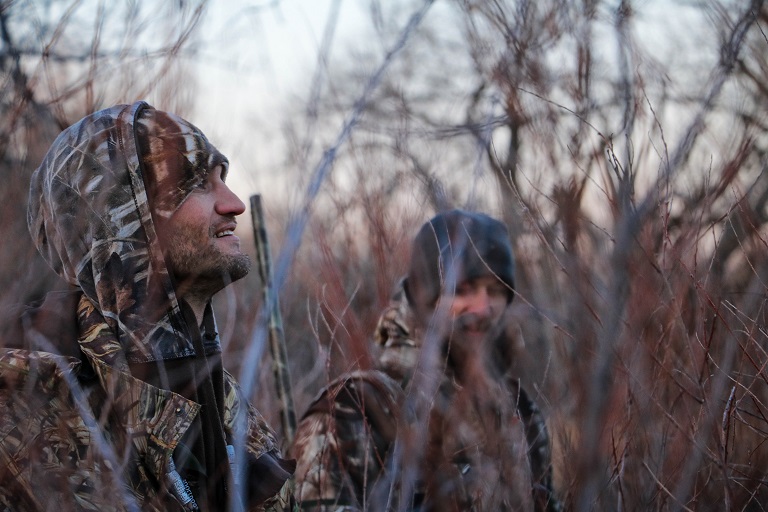7th Jul 2017
5 Beginner Tips for Shooting Clay Pigeon
Shooting clay pigeon for the first time can be a daunting experience. There’s this misconception that clay pigeon and other shooting sports are for pompous, uppity men with little time for the young (or old) new comers to the sport. However, this couldn’t be further from the truth, most shooters welcome new comers and want nothing more than extra people to share their experiences and stories with, and for them to be safe whilst doing so.
If you’re a little apprehensive about your first shoot, here’re a few clay pigeon shooting tips to make it a little less daunting.
1.Safety First
This is without doubt and for obvious reasons the most important part of any shooting sport. Remaining safe in every aspect of shooting sports is literally a life and death aspect of the past time. If you cannot show an awareness of gun safety and a willingness to learn and adhere to the rules, you probably won’t be very welcome.
First and primarily, you will often be given full instruction before beginning your shoot, so ensure you’re listening carefully to the instructor and obey his command. Your shotgun should never be loaded until you’re ready to shoot, and it should never be pointed at anything you don’t wish to destroy (even if you know it to be unloaded).
Besides the obvious gun safety advice, ensure that you are wearing adequate hearing protection – fire arms aren’t quiet – and eye protection.
2.Determine your dominant eye
Human eyes don’t always split the work load 50/50, often a person has one eye that is dominant over the other. This can sometime cause a person to shoot with an eye closed or misalign the weapon sites.
There’s an easy way of testing which of your eyes is the dominant one. Simply point at something across the room and without moving, close an eye: if your finger is no longer pointing at the target, the eye you closed is the dominant one.
You will most likely want your dominant eye on the side of your body that you shoot the gun with. Right eye dominant with right handed shooting and left eye dominant with left hand shooting. However, this is not always possible. If you’re finding that you are constantly missing clays even though it feels like you’re doing everything right, it could be that your dominant eye is misaligned with the sites.
If this is the case, talk to your instructor about how best to rectify it.
3.Understand The Physics
Understanding the actual physics behind clay pigeon shooting is an important aspect of being able to break clays.
The target is moving at speed and you are shooting towards it. If you point the shotgun directly at the target and pull the trigger, the target has moved from where you shot at it and you’re going to miss.
The aim is to get the shot and the clay on a path so that they converge in the air. This takes skill and practice but over time, it’ll become instinct.
If you’re firing directly at the clay, you’ll miss every time.
4.Don’t be discouraged
With this in mind, it’s important to not be discouraged. You will miss a fair number of targets and you might be a little embarrassed. It’s important to remember that; a. no one cares that you’ve missed a few targets, so don’t be embarrassed; b. Having fun is the most important part and; c. always try something different.
With a little practice, you will improve noticeably in a short period of time. So don’t be discouraged with a few (or a lot of) misses. Everyone in the sport started somewhere, you shouldn’t be embarrassed that you are starting too.
If you’re having trouble connecting with targets, simply try giving it twice as much lead and see how you get on. Remember, the definition of crazy is doing the same thing over and over and expecting different results.
5.Watch Carefully
This point is important for all parts of the sport.
Watch your instructor and other shooters carefully (but give them some space). Watch how they prepare, the steps they go through and how they remain safe in the field. Pay attention to the flight of the clay and how it’s going to appear in front of you. Where does it start? Where is your best chance to shoot at it?
Just like getting yourself ready the night before a clay pigeon shoot, by doing as much preparation as you can before you actually do it, you save yourself a lot of stress and can focus entirely on the task at hand. The same applies for actually shooting the clays.
